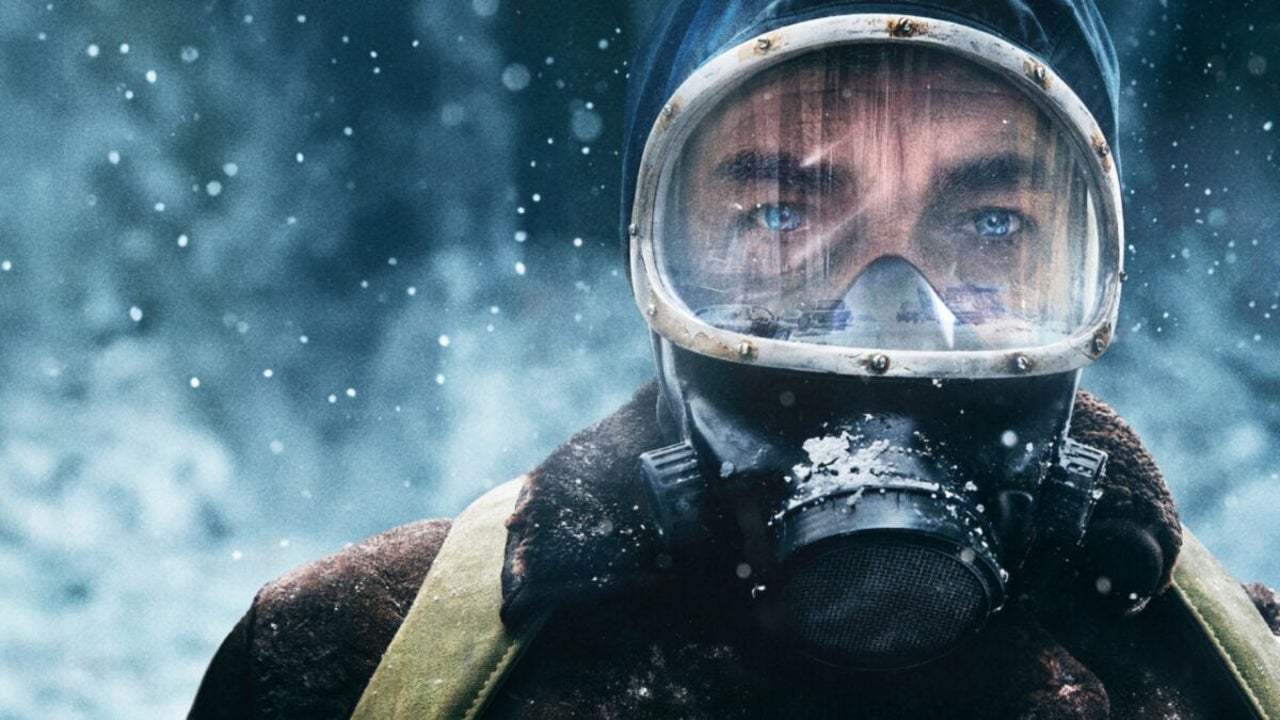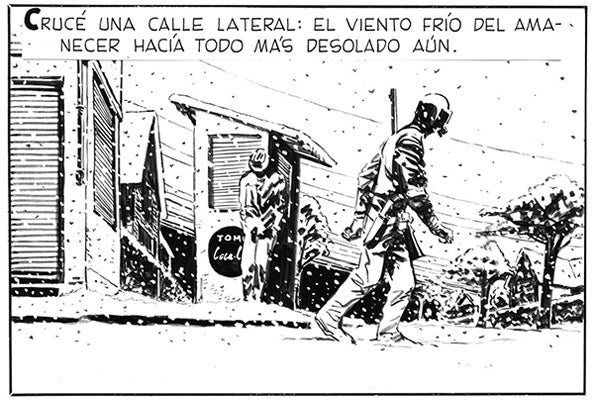Why you should read this incredible science fiction comic before Netflix releases its series
The story of Héctor Germán Oesterheld lives on in El Eternauta

- April 28, 2025
- Updated: April 28, 2025 at 8:00 AM

Streaming platforms continue to fight with their best weapons to have the best current science fiction content. While Apple TV+ bets on cerebral and slow sci-fi with proposals like Severance or Foundation, and Max makes safer bets with big IPs like The Last of Us, Netflix is waging its own war with risky but very interesting adaptations. Last year, we saw this clearly with The Three-Body Problem, and this year we received the (completely forgettable) Electric State.
The Eternaut is Netflix’s biggest bet on science fiction this year
But on April 30, Netflix premieres a series that, this time, can truly capture the interest of its entire audience: El Eternauta. After the impact of the adaptation of One Hundred Years of Solitude, the platform once again looks to Latin America with ambition, this time with a work that, although less known internationally, is a fundamental pillar of Argentine culture and of science fiction comics worldwide. Starring Ricardo Darín and directed by Bruno Stagnaro, the series promises a spectacular production, but also a dense, political, and existential narrative.
However, before we see what Netflix has done with this comic —which can be as good as it is disastrous— let’s pause and take a look at its original comic. Because, no matter what happens with the platform, this work is a marvel that deserves to be read. Especially if you know the story of its author.

Originally published between 1957 and 1959 in the magazine Hora Cero Semanal, the comic of El Eternauta tells the story of Juan Salvo, an ordinary man who narrates, from a distant future, a traumatic experience that occurred in Buenos Aires: a lethal snowfall begins to fall over the city, instantly killing everyone it touches.
The protagonist, along with his wife, daughter, and a small group of neighbors, barricades themselves in their home and improvises protective suits to survive. But what starts as a story of catastrophe soon evolves into an epic of resistance against a multi-layered alien invasion, with increasingly bewildering enemies. The message is clear: heroism is never individual, but collective. In other words, only by organizing as a community can you resist the inhuman. Did someone say communism?

The tragic story behind El Eternauta
Of course, this concept of resistance was not casual. Its screenwriter, Héctor Germán Oesterheld, was passionate about science fiction, but also an intellectual deeply committed to humanist values. Born in Buenos Aires in 1919, Oesterheld trained as a geologist, but from a young age he turned to writing, first as an adventure writer and later as a comic book screenwriter. His style was characterized by a sensitivity very unusual in the genre: his characters were vulnerable, ethical, more concerned about others than themselves. Instead of being muscular heroes in the American style, Oesterheld proposed deeply human figures, often defeated by the system… but never surrendered to it.
The Eternaut was a brutal phenomenon in Argentina, especially in the years following its publication. However, the author’s life would take a dark turn during the 70s. As the country sank into increasing political instability and then into a fierce dictatorship, Oesterheld radicalized his activism. He got closer to the guerrilla organization Montoneros, for which he began to write pamphlets, speeches, and political documents. In parallel, he wrote a second part of The Eternaut, more raw, more explicitly political, in which Juan Salvo was no longer fleeing from the invasion: he was leading a revolution against an oppressive regime.

It was his way of leaving a record of his thoughts in the midst of terror. But that bravery had fatal consequences. In 1977, Oesterheld was kidnapped by the military dictatorship. He was 57 years old. He was last seen in a clandestine detention center, according to testimonies, still writing, still resisting. His body was never found. Before him, his four daughters had already disappeared —Estela, Diana, Marina, and Beatriz— all activists, all murdered by the regime along with three of their husbands. Only his wife, Elsa, survived to tell the tale.
The fact that a science fiction comic was written by a man who disappeared due to his thoughts is, in itself, striking. But El Eternauta not only survives as a cultural object loaded with history. It does so, above all, because it is an incredibly well-written, structured, and thought-out work. Because its story of an invasion from above —that white, silent, and lethal snowfall— can be read as an allegory of any type of oppression: colonial, dictatorial, and even climatic. And because the characters are not superheroes, but ordinary people fighting to stay alive.

We still don’t know how the series will turn out —with Netflix, you never know—, but if its popularity helps to raise awareness of the comic and the story of Oesterheld, it will have been worth it.
Cultural journalist specialized in film, series, comics, video games, and everything your parents tried to keep you away from during your childhood. Also an aspiring film director, screenwriter, and professional troublemaker.
Latest from Juan Carlos Saloz
- Is it worth replaying Until Dawn? The movie brings the quintessential slasher video game back into fashion
- The best thing Star Wars has done in years has returned: why Andor is the way forward for the franchise
- The revolution of 2D animation arrives thanks to Adobe's AI
- I never thought a vampire western would be the best movie of the year: Ryan Coogler knocks it out of the park with Sinners
You may also like

This might be the most addictive puzzle game you can play
Read more

6 changes to make Windows 11 run much better on your old PC
Read more

European EV Sales Surge by 23.9%, Leaving Tesla Behind
Read more

Tesla’s Production vs. Waymo’s Safety: A New Chapter in the Driverless Car Rivalry
Read more

Kia EV Owners Gain Access to Tesla’s Supercharger Network
Read more

They’ve created an AI to lie in job interviews. Yes, you read that right
Read more